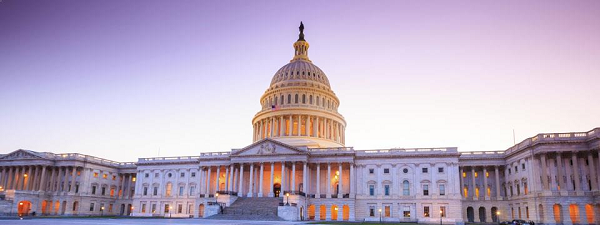The Trump administration recently released extensive data about the H-1B program, including the names of H-1B employers, and so I was curious how this data has been used and interpreted, and also whether we can glean something about the motivations for the data dump. I didn’t need to look far. The articles at the top of my Google search were authored by well-known anti-immigrant activists who highlighted the country of origin of H-1B workers and interpreted the data as evidence that “Silicon Valley Giants…have relied on H-1B workers for years, and these foreign workers make up a significant percentage of their workforce,” and that technology companies “pay similarly-qualified foreign workers less than what American workers in the same position earn.” Comments on such articles included, “This legal program should be abolished,” and “Indians are scamming” the system.
But in truth, this data does not, and cannot, prove any of these assertions. First and foremost, breaking down H-1Bs by salary is irrelevant because it does not take into account location (wages in New York City are naturally going to be much higher than those in rural Wyoming). Breaking down H-1Bs by education is also irrelevant because A) some professionals doing incredibly important work, such as teachers, do not necessarily have a Ph.D. or master’s degree, B) The H-1B is designed to accommodate those in entry-level positions as well as those with extensive work experience deemed the equivalent to a degree, and C) presented in isolation and without any context in comparison to the American workforce as a whole, these numbers lack meaning.
Perhaps most alarming and susceptible to misuse is the centralized list of H-1B and L-1 employers. This list reminds me of the longstanding and repeated efforts by immigration restrictionists to compile employer-data to create maps of H-1B dependent employers around the country. The purpose of releasing this data in a centralized, searchable format serves no other purpose than to shame H-1B employers and raise the alarm to alert the general public about the perceived “abuse” of a program that is actually being utilized in the manner Congress intended.
In fact, according to the nonpartisan National Foundation for American Policy in its June 2017 analysis of the H-1B program:
- H-1Bs are not taking over the U.S. workforce: The 9,356 new H-1B petitions for the top seven Indian-based companies approved in FY 2016 represent only 0.006 percent of the U.S. labor force.
- H-1Bs are not taking IT jobs that could be filled by Americans: The April 2017 unemployment rate in the U.S. for “computer and mathematical science” occupations was 2.5 percent – a very low rate, even lower than the 4.4 percent for “all occupations,” according to Bureau of Labor Statistics data.
- H-1B workers do not depress American workers’ salaries: The Government Accountability Office (GAO) found that H-1B professionals generally earn the same or more than their U.S. counterparts after comparing the median reported salaries of U.S. workers and H-1B professionals in the same fields and age groups.
In addition to that dose of reality, here’s more: If Congress wants to create new restrictions and objectives for the H-1B program, it has this power. Congress, however, does not wish to do this because in general, elected officials across the political spectrum are aware that foreign talent is essential to the American economy and to U.S. employers, both large and small. The Trump administration may wish to demonize the H-1B program and the employers who have incorporated it into their hiring and staffing strategies. But we must resist with facts and eventually, with lawsuits in federal court, where the rule of law, factual accuracy, and the concept of Separation of Powers still hold primacy.
Resources of potential interest:
- Executive Action: Buy American and Hire American
- AILA’s H-1B Combo
- Take Action: Urge Business Clients to Speak Out in Support of the Benefits of the H-1B Visa Program







